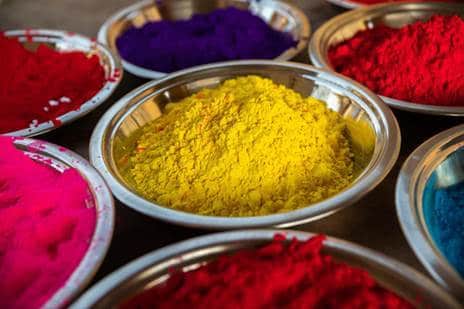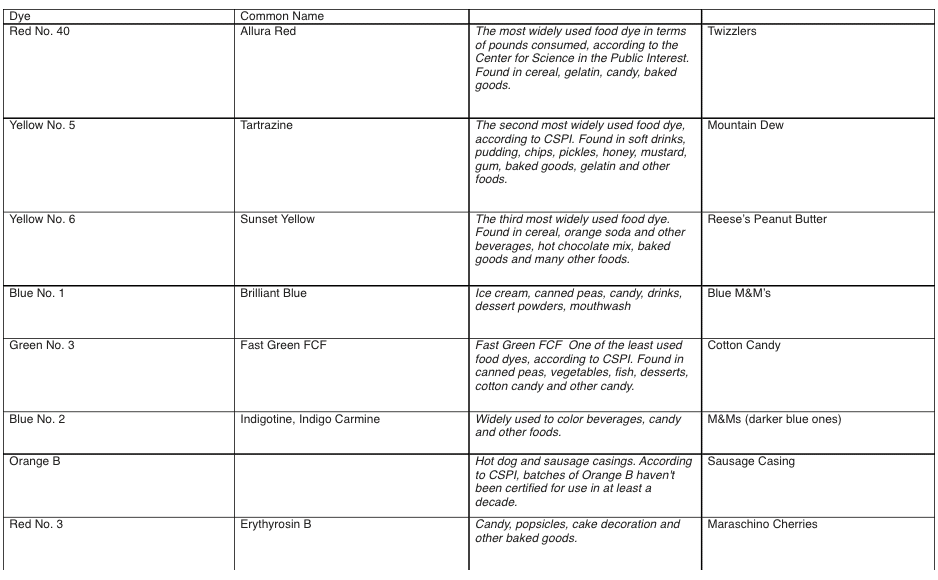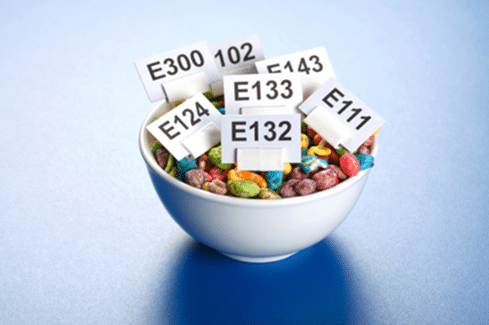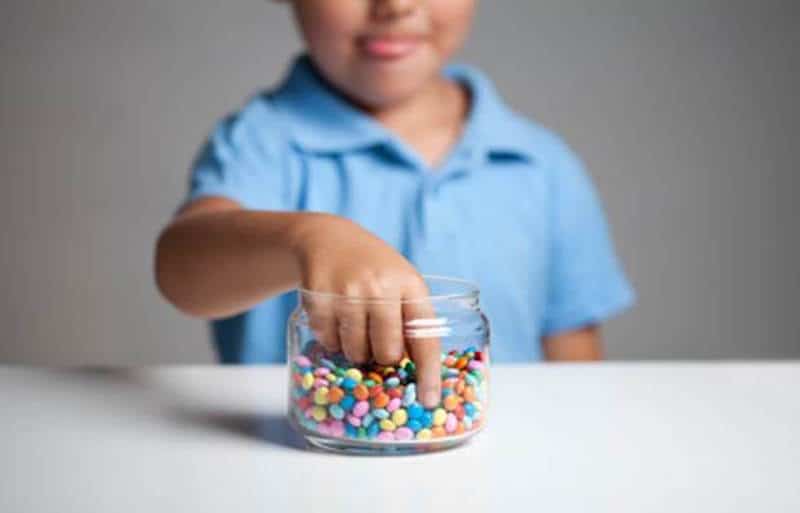It absolutely bursts my bubble witnessing all these chemicals in our food supply. I hate it in fact. I know we are better than that. We are more than looking at the chemical colors and wanting to ingest it. We want food that sustains us and doesn’t harm us and tastes good. Am I right?
And, like you I demand more for our children. It’s our duty to protect them and nourish them the best way we know how.
Studies have linked artificial food dyes to:
- Hyperactivity, including ADHD.
- Behavioral changes like irritability and depression.
- Hives and asthma.
- Tumor growth (three of the primary food dyes contain benzene, a known cancer-causing substance)

A new report from the Environmental Protection Agency says yes. Let’s look at the evidence!
Food dyes are chemical substances made from petroleum. Yuck. They are only designed to enhance the color of certain foods and beverages. Certainly no bother about human health.
Food Dyes Under Scrutiny
The Center for Science in the Public Interest is asking the FDA to ban these artificial food dyes.

The debate over food dyes and hyperactivity has been going on for over thirty years.
 What the Research Says
What the Research Says
Earlier this year, a report from the California EPA, UC Berkeley, and UC Davis reported that consumption of synthetic food dyes can increase hyperactivity and other neurobehavioral issues for some children.
This systemic review looked mainly at “challenge trials”, where children were put on dye-free diets for several weeks and then exposed to a dye and monitored for changes.
Here’s what they found:
- Consumption of food dyes was associated with “adverse neurobehavioral outcomes in children,” though children vary in their sensitivity.
- Children are exposed to higher amounts of food dyes than adult women.
- Red No. 40 and Yellow No. 5 and 6 are the most commonly consumed.
- Food dye exposure is higher in lower-income populations and with non-Hispanic Black adults and children.
Some other studies:
- A 1994 review among 16 children found that 73% of those with ADHD had an improvement in symptoms when food preservatives and dyes were removed
- A 2004 clinical trial found that removing dyes and benzoate preservatives improved hyperactive behavior among 1873 three-year-old children, according to their parents (but not in a clinical assessment)
- A 2007 study found that food dyes and sodium benzoate increased hyperactivity in 137 three-year-old and 130 eight to nine-year-old kids
- Interestingly, some researchers suggest a genetic component that may determine whether a child with ADHD will have exacerbated hyperactivity symptoms from consuming food dyes.
European Action On Food Dyes
I watch what Europe does. I do this because they ban more ingredients than we could. It’s a common charge against food ingredients (and some other substances, like pesticides): this chemical is obviously dangerous because it’s banned elsewhere. Why don’t we follow the Europeans’ lead?
The difference lies in governments’ policies for interpreting toxicology studies:
- The European Union says that when there is substantial, credible evidence of danger to human or environmental health, protective action should be taken despite continuing scientific uncertainty.
- European lawmakers now require a warning label on foods that contain artificial dyes. It lets parents know their kids might become hyperactive if they consume the product.
Manufacturers overseas, instead of adding a warning label, have turned to natural dyes made from beets and turmeric. Some U.S.-based manufacturers are considering switching to natural dyes, but as the food industry points out, natural dyes are more expensive and less stable.
In contrast, the U.S. federal government’s approach to chemicals management sets a very high bar for the proof of harm that must be demonstrated before regulatory action is taken.
Not ok in my professional opinion.
Whole Food Alternatives to Artificial Dyes:
If you’re cooking at home, you can use food and spices to naturally color food.
- For Green Foods, try spinach or Kale.
- To make the color blue/purple, blueberries, red cabbage, and purple potatoes are good choices.
- For red foods, try beets, beet powder, or pomegranate.
- Strawberries and raspberries also work for pink foods.
- For yellow foods, our favorite choice is turmeric followed by butternut squash.
- Sweet potato and pumpkin work well for orange foods.
- To make colored frosting, use a few drops of water colored with these foods or pulverized freeze-dried fruits.
How to Avoid Artificial Food Dyes:
The best way to avoid artificial food coloring is to avoid ultra-processed, packaged foods that are most likely to contain them. Candy, Jell-O, Chips (like Doritos, Cheetos), and colored breakfast cereals are common foods that contain artificial food colorings. To know for sure if there are food dyes in your family’s favorite foods is to look at the ingredient list, always always.
Alternatively, look for brands that have opted to enhance the coloring of their products with natural colors instead. Examples include beta carotene, turmeric, and beet extract.
Basing your family’s diet predominantly on whole plant foods, like legumes, grains, nuts, seeds, fruits, and vegetables, is a wise approach for avoiding artificial food dyes, and health in general!
Bottom Line:
Is there a link between food dye and behavior problems? Does food coloring cause hyperactivity? It appears so, but it also depends on your child and their susceptibility. It’s hard to say conclusively, but we feel there is enough evidence to limit exposure, especially if your child is more hyperactive. We recommend reading labels and avoiding purchasing or servings foods on a regular basis that include synthetic food dyes. At the same time, the dose makes the poison. We don’t stress if our kids chow down on a blue Cookie Monster Cupcake at a friend’s birthday party!
Keep it safe and natural my friends,
Miriam Jirari MPH, RDN, CPT
Certified Intuitive Eating Counselor
Studio SWEAT Dietitian
Resources:










Comments - 0